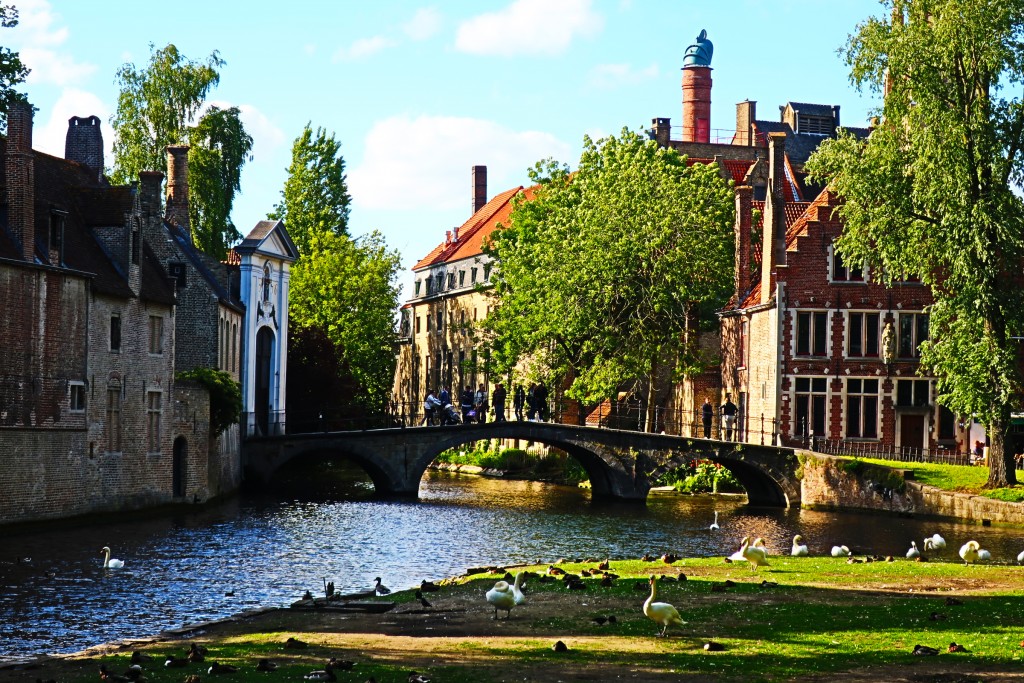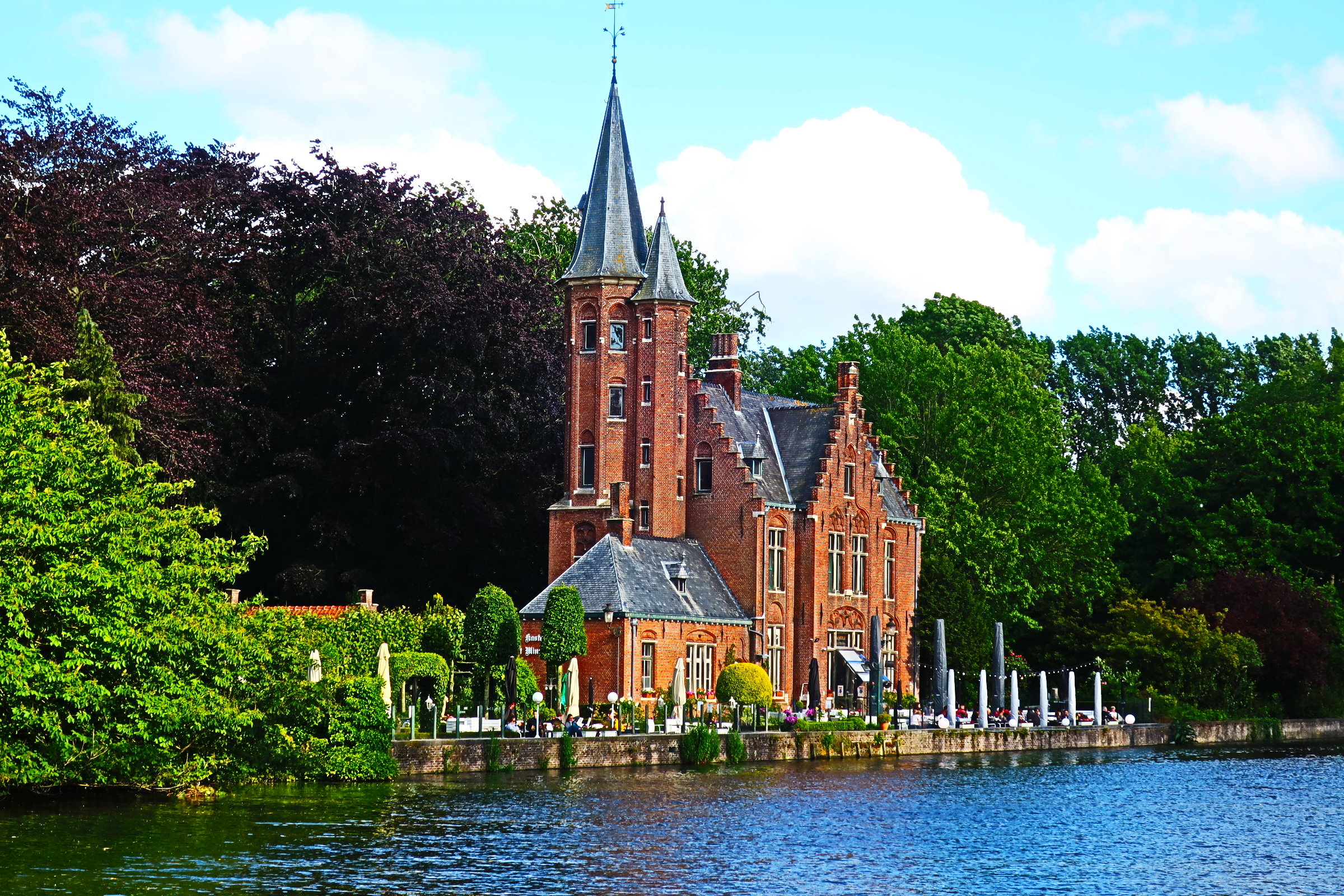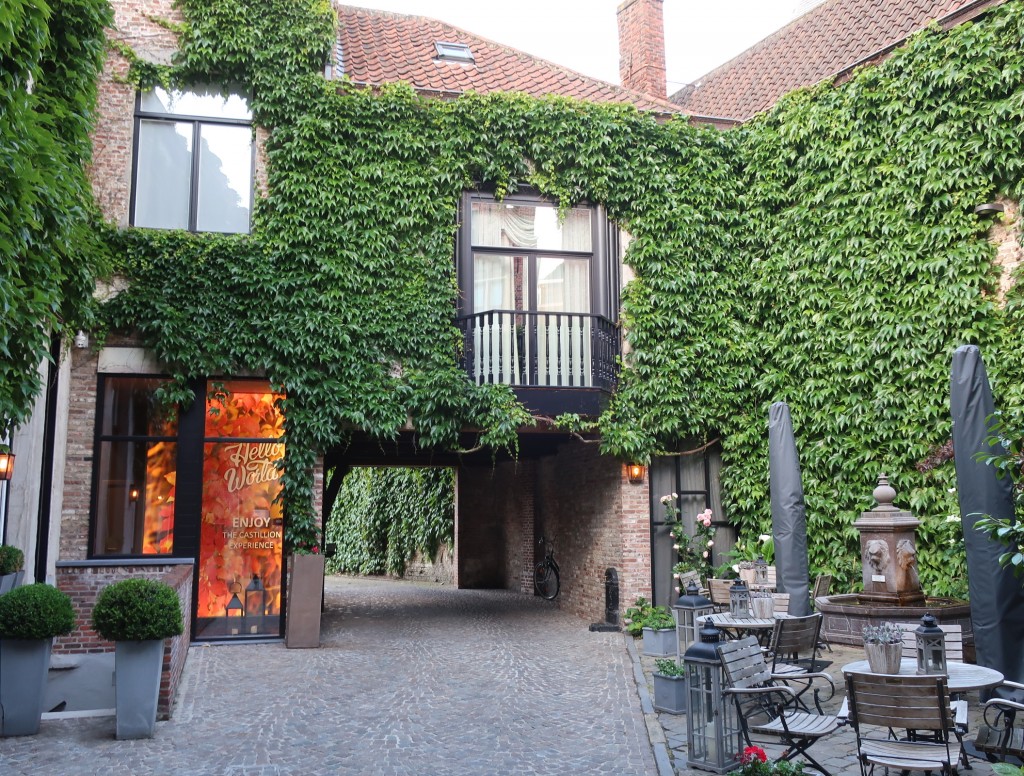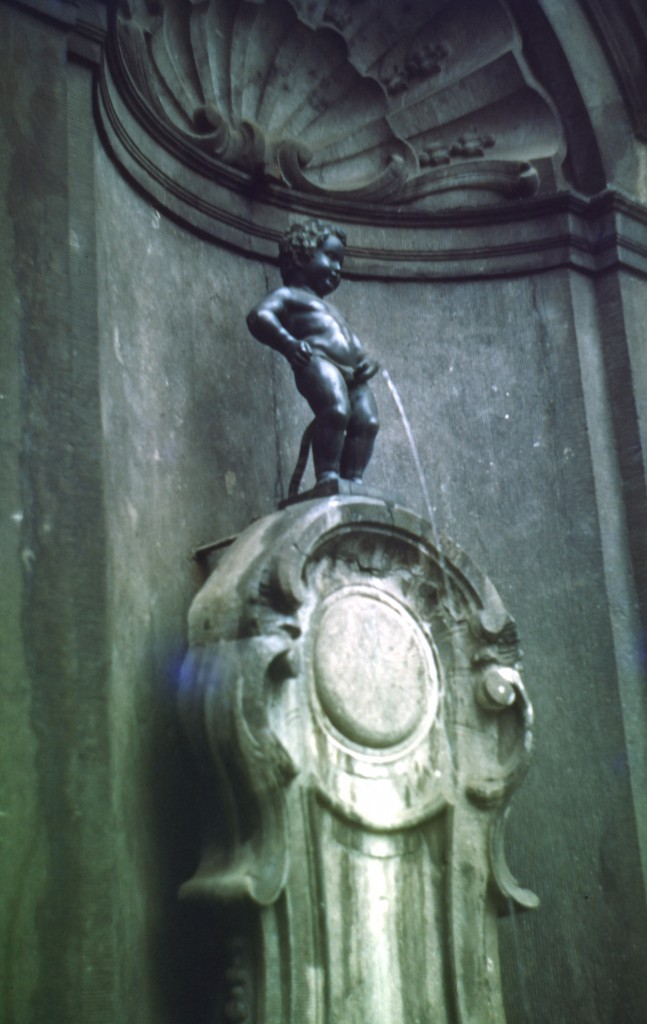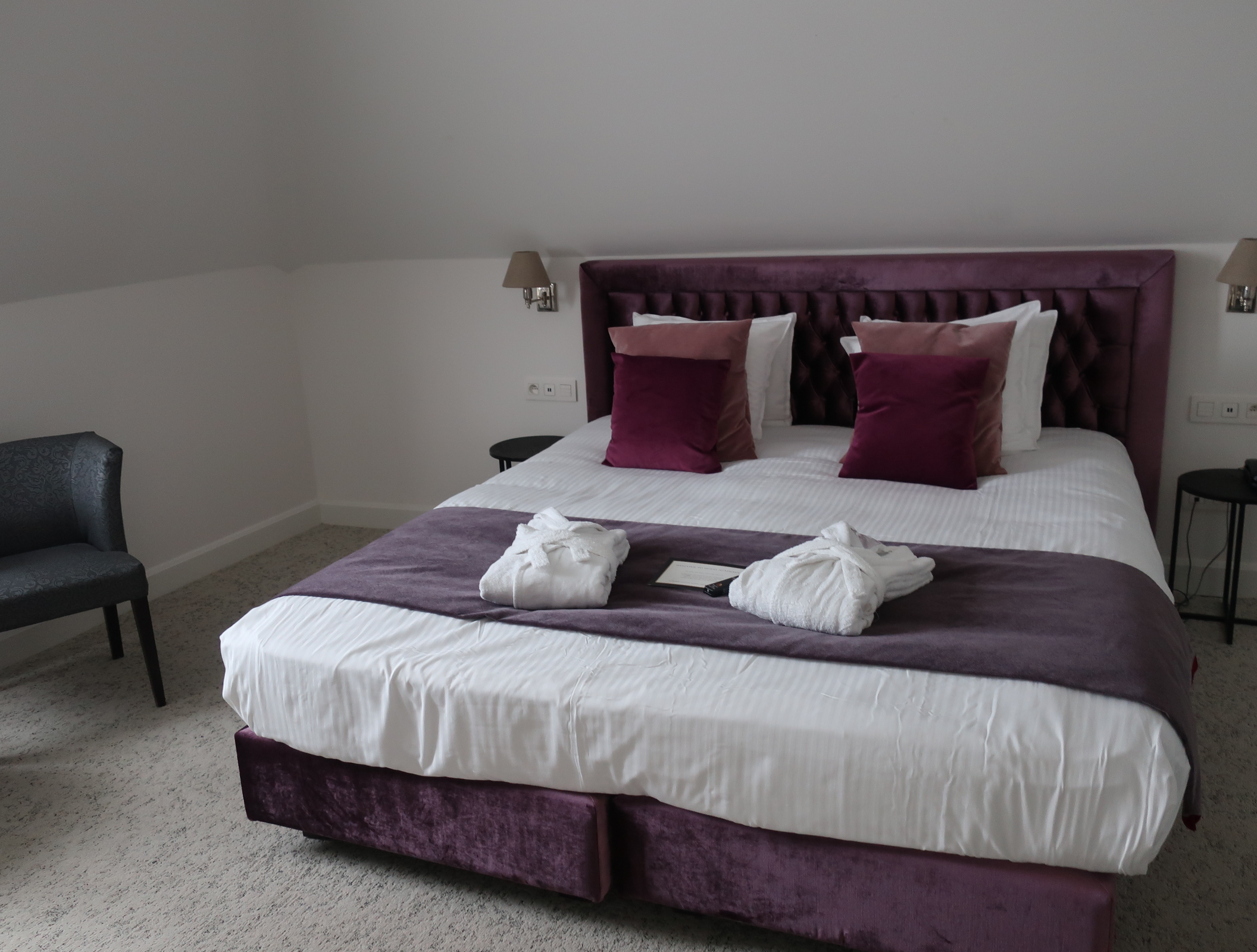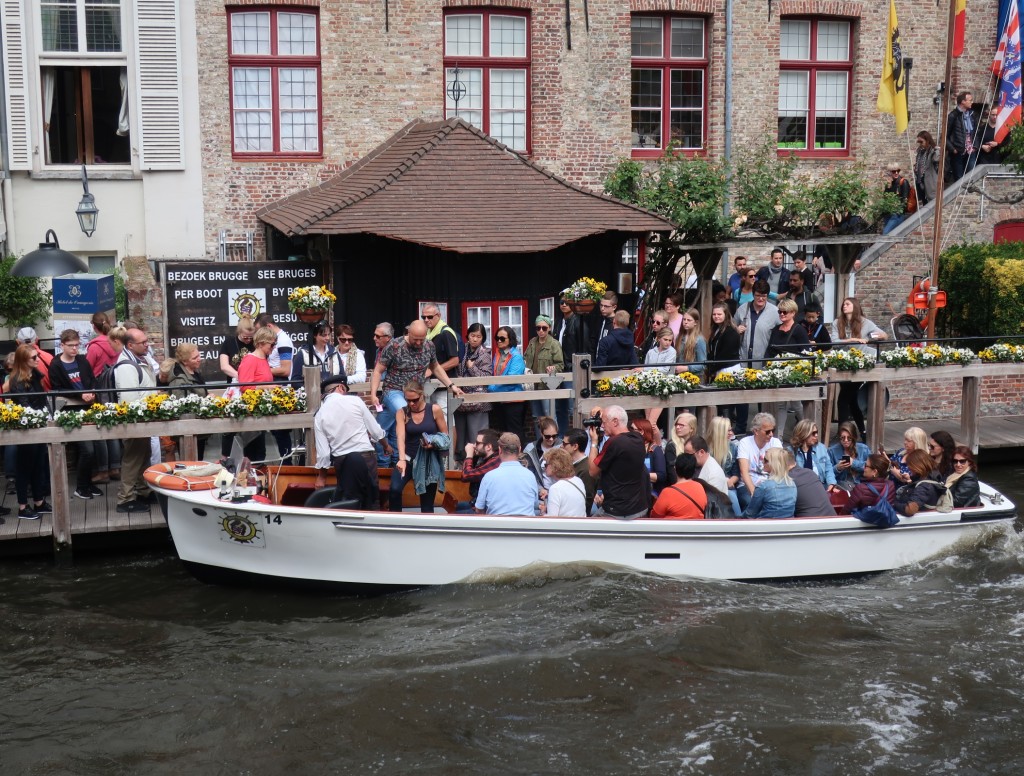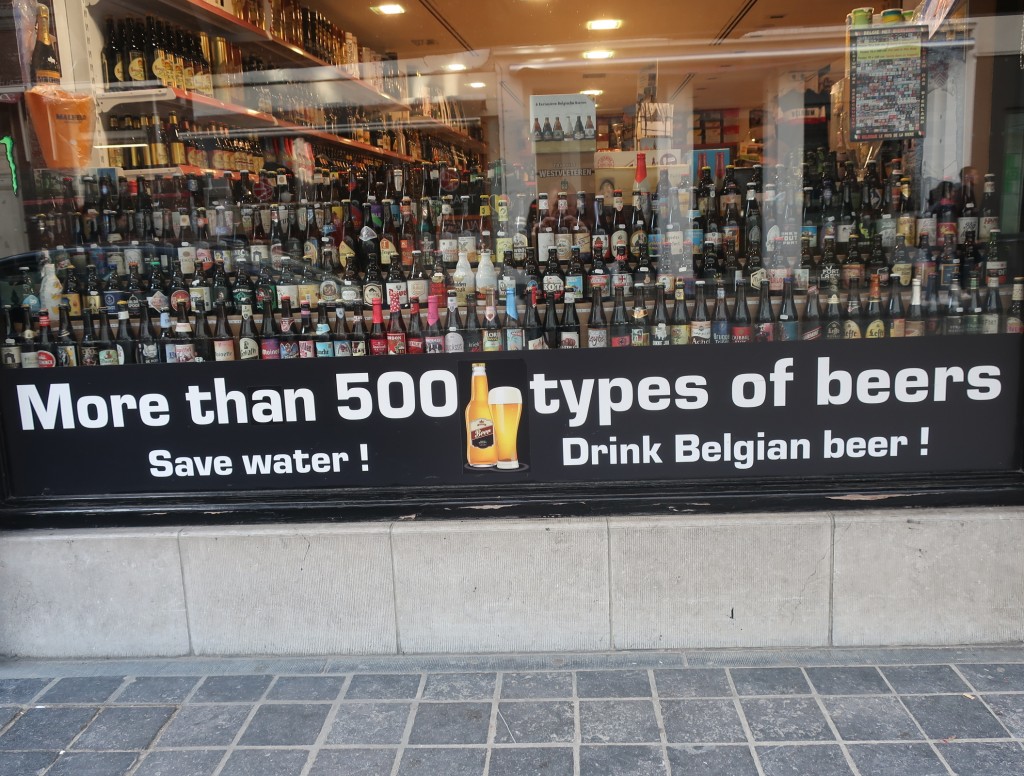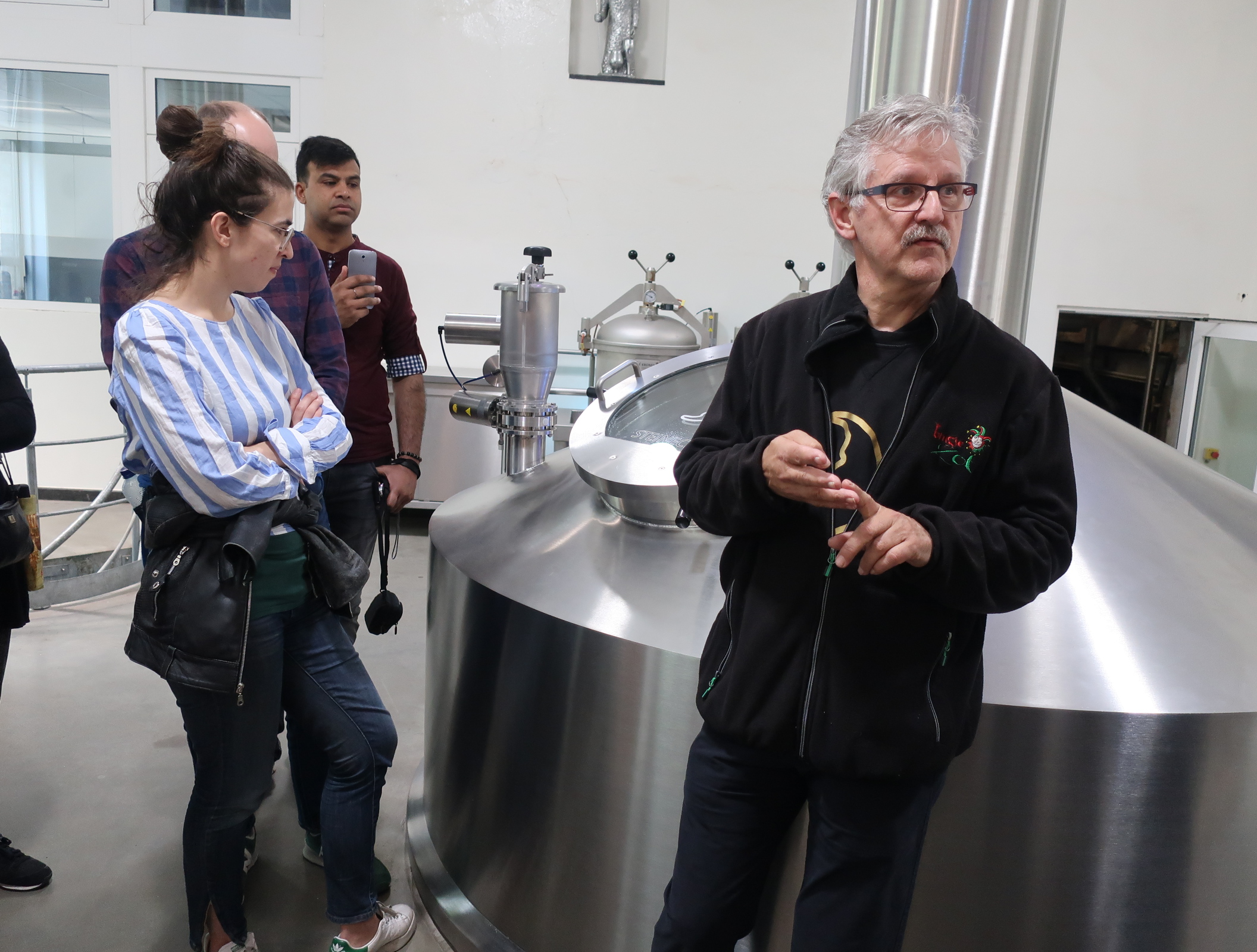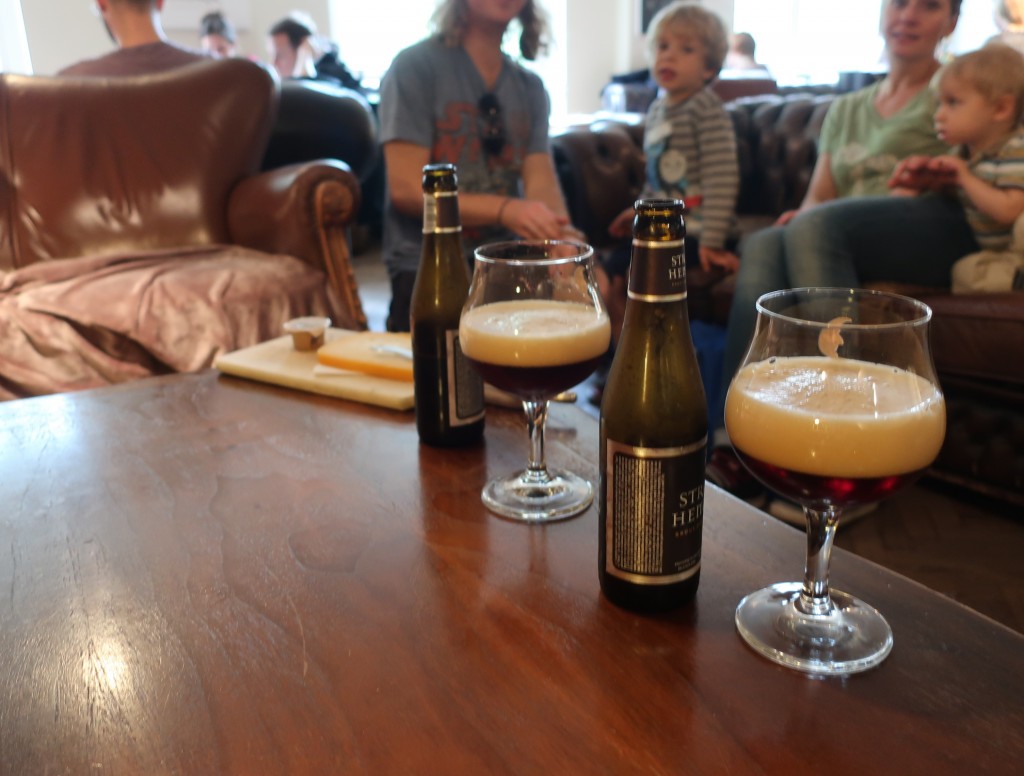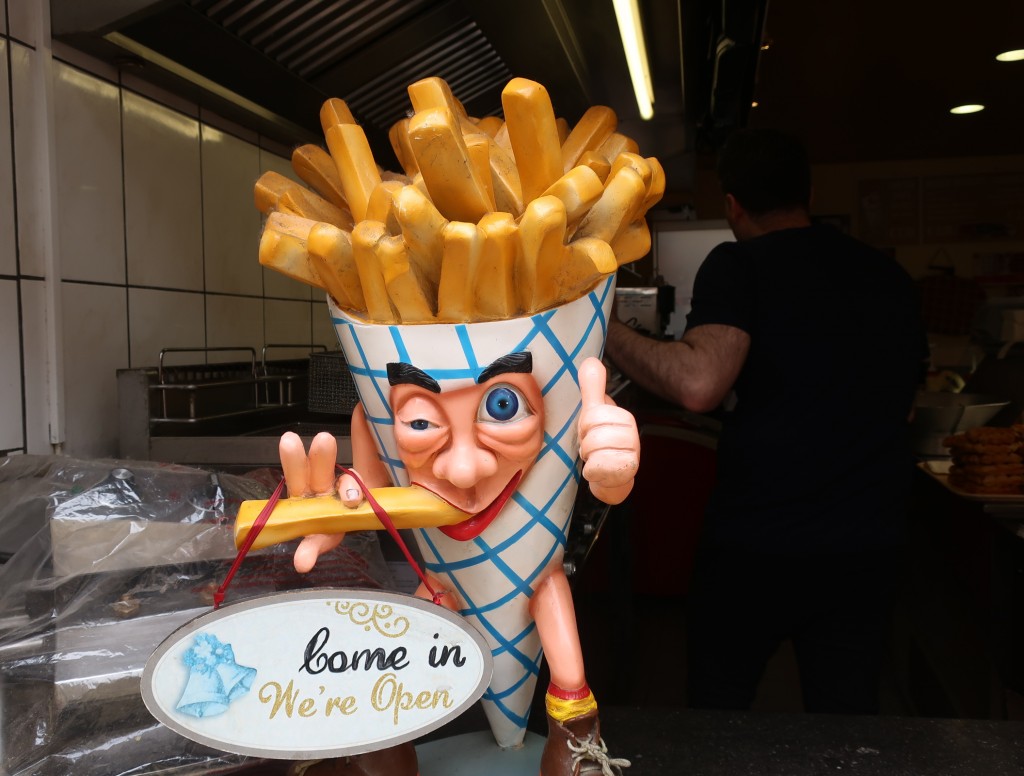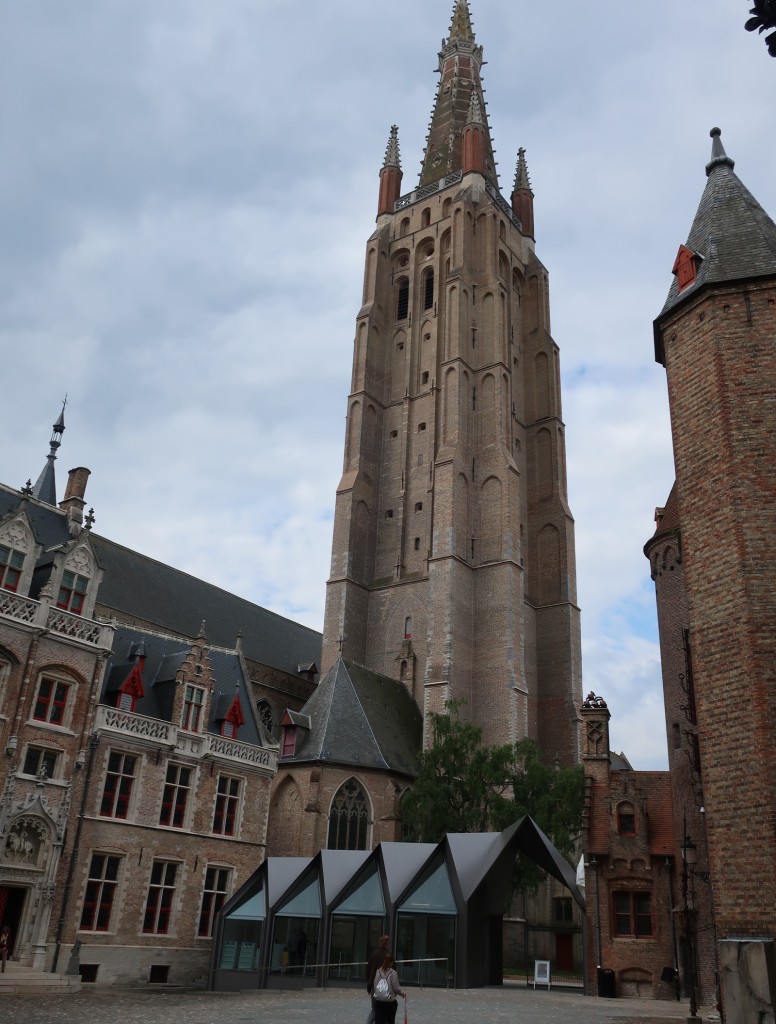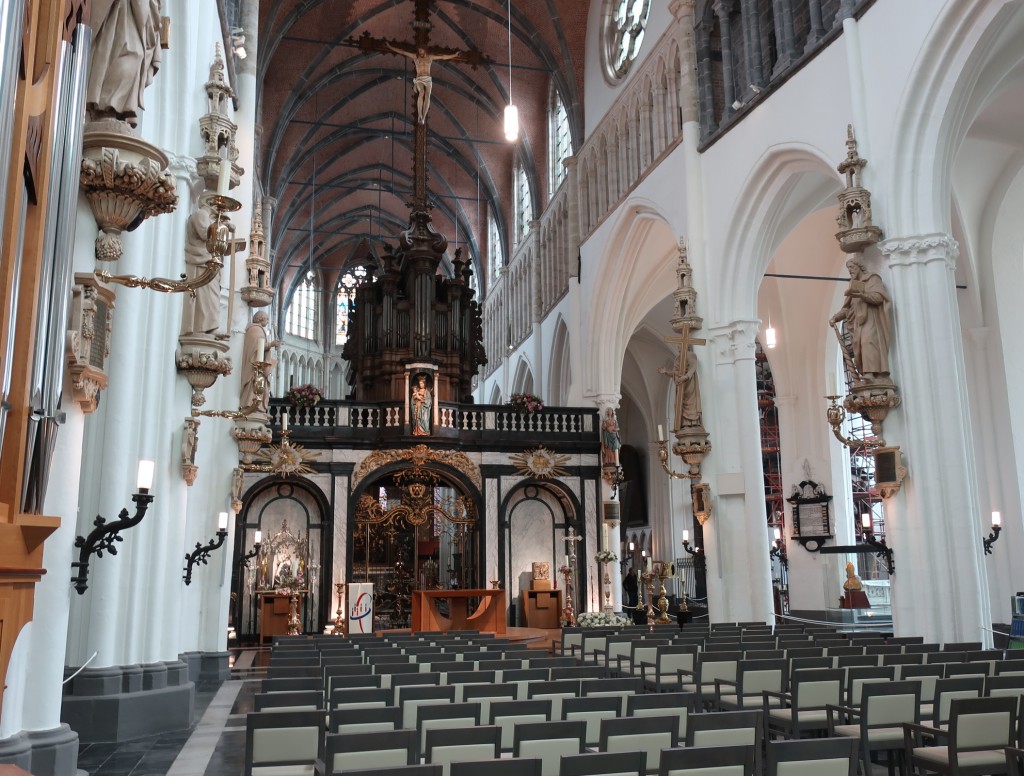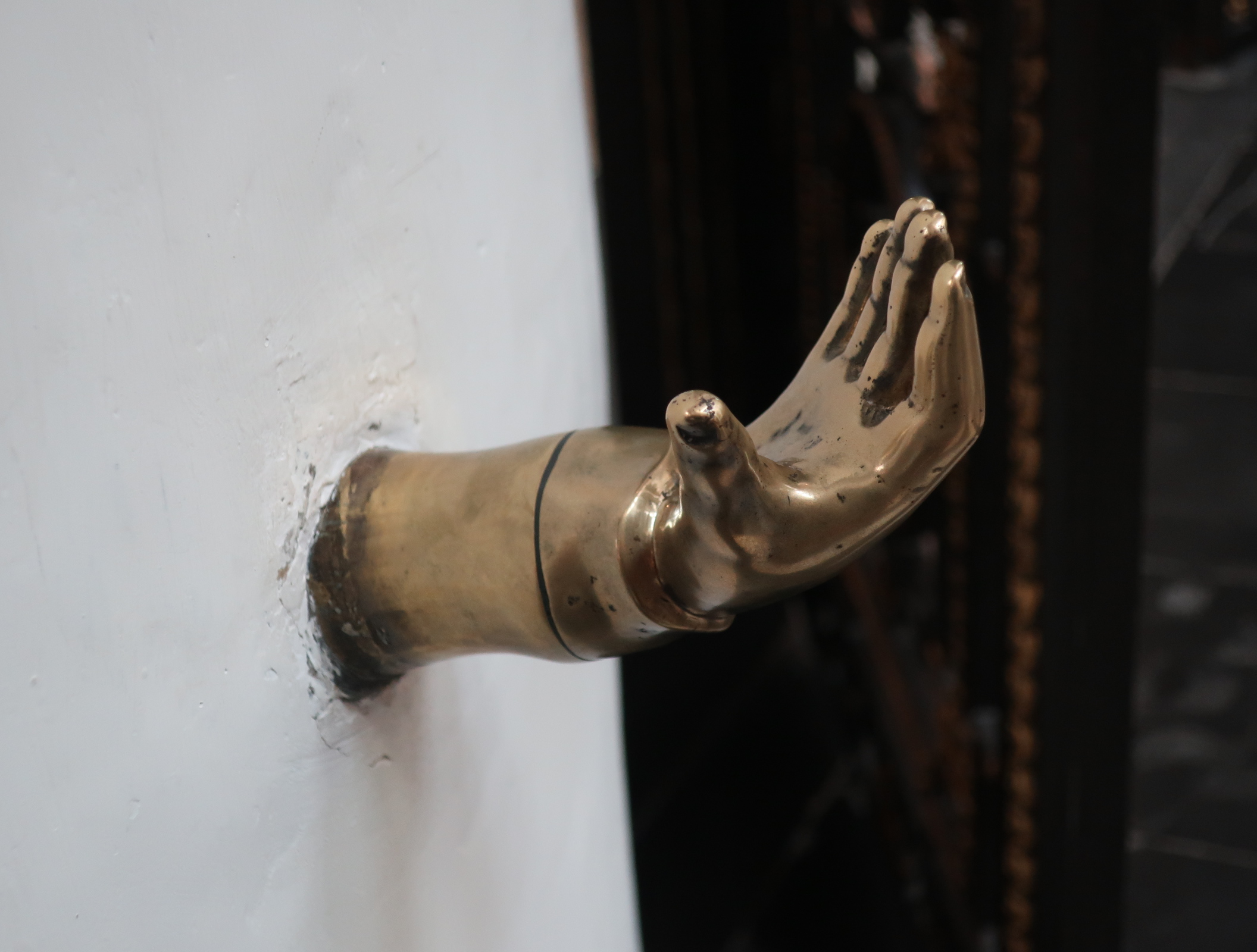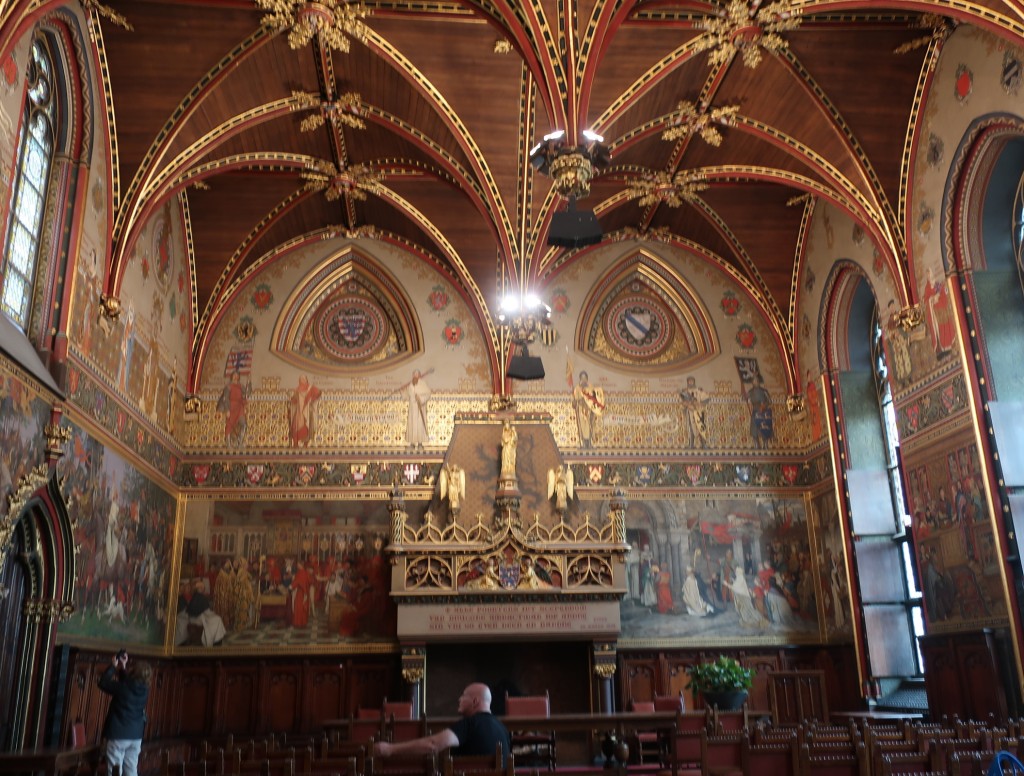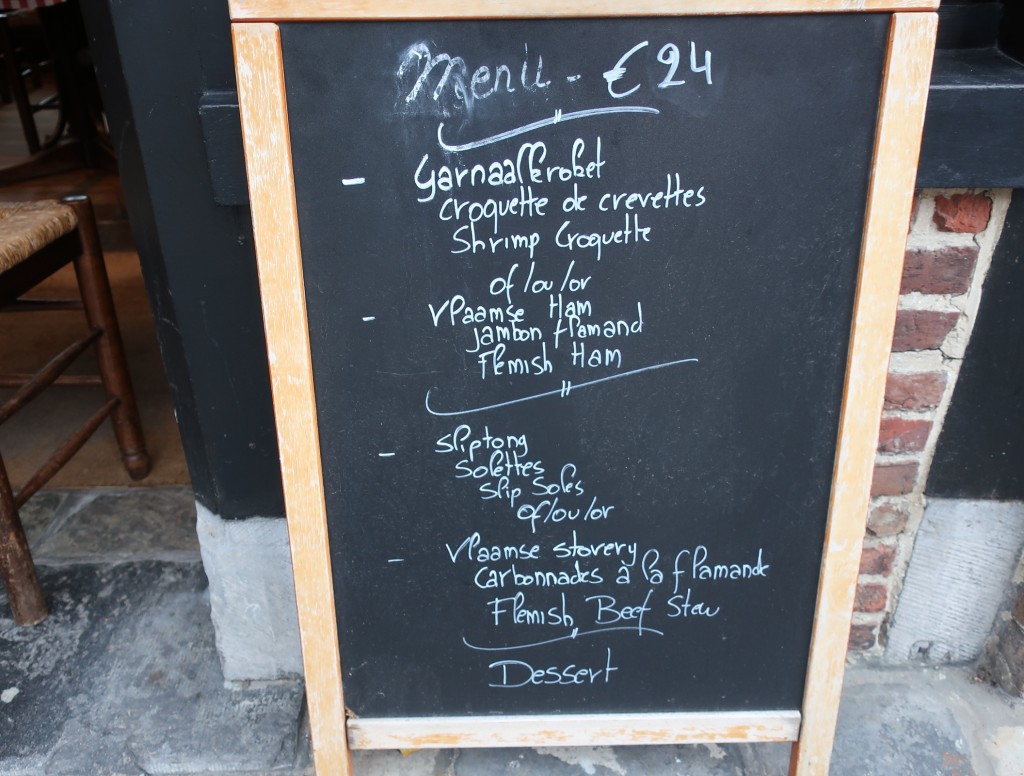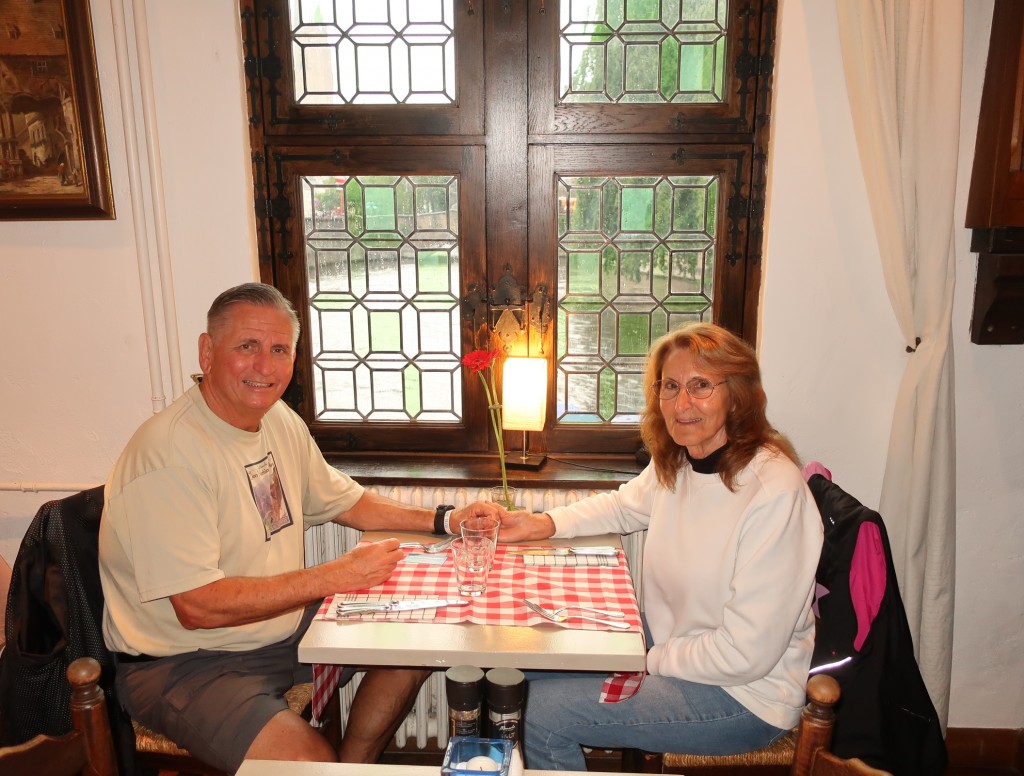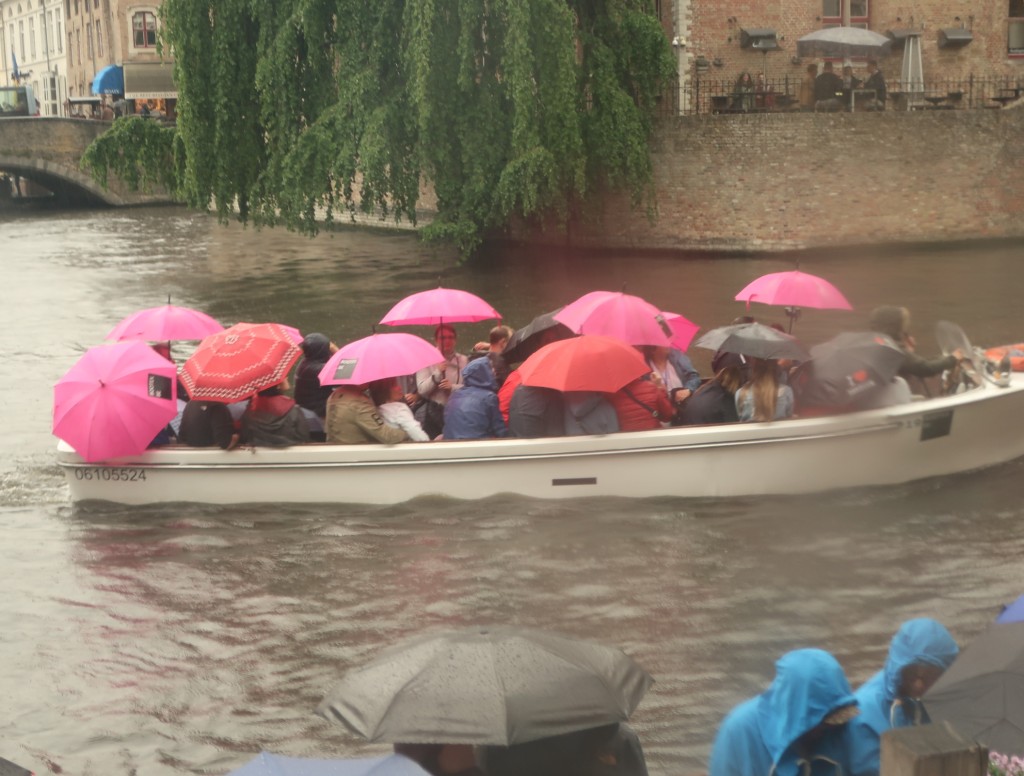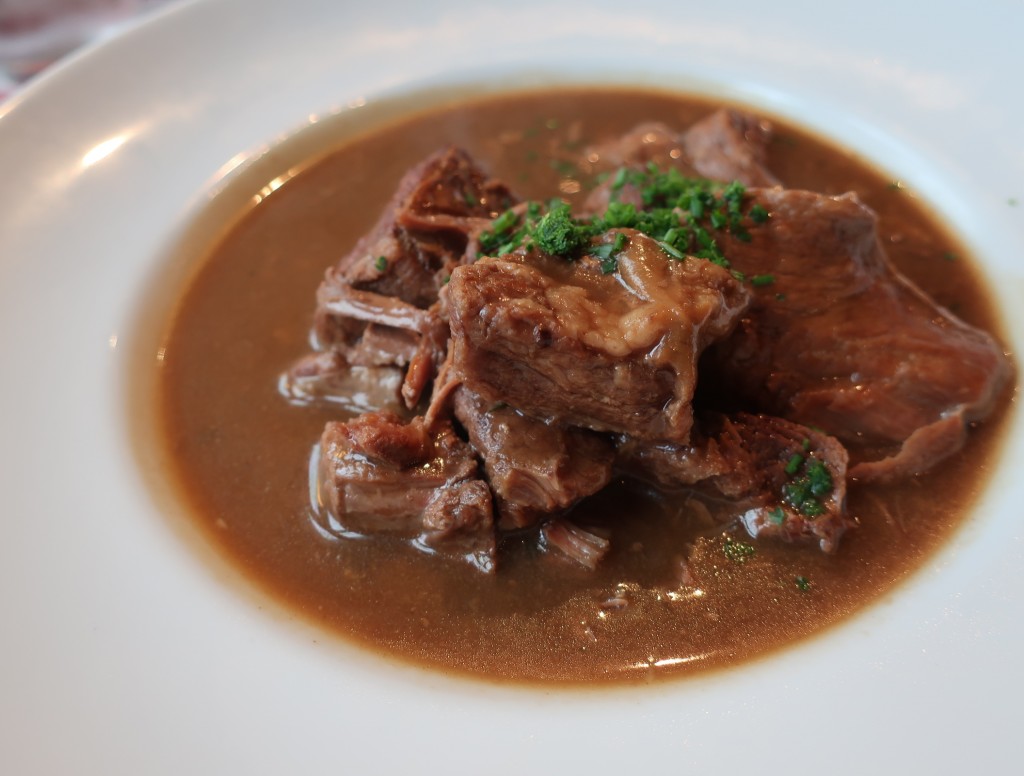Some of you may remember a 2008 film called “In Bruges” starring Colin Farrell and Brendan Gleeson. The movie inspired us to travel there for three days in early June 2019. We took an early flight from Heathrow airport outside of London, landed in Brussels and then an hour train northwest to Bruges.
The first written documents about this city date back to the ninth century AD. It was a lot closer to the sea back then. The canals still exist leading some to actually call Bruges the actual, “Venice of the North.”
The Golden Age of Bruges is regarded between the 12th and 15th centuries. If you look at tourism today, one can argue “The Golden Age” is now. The city area has over 100,000 people, but fills up daily with tens of thousands of tourists.
Due to time constraints, we did not stop in Brussels. We did in 1988 with a student tour group. I will never forget the picture of the Little Pissing Man—known as “Manneken Pis—” that my father took in 1953. The original sculpture has since been removed to a museum. The center of the city is quite interesting.
The walk from the Bruges train station to our Hotel Academia is only about ten minutes. Somehow, we took the “scenic excursion” that lasted well over 20 minutes. There are plenty of places to stay in Bruges. Book early for your preferred hotel. We liked Hotel Academia as it is close to the center of the city.
We were given a room along the alley. It was loud in the day with horse-drawn carriages over the cobble-stone streets.
The room and hotel are quite comfortable.
We will never forget, though, the views from the bathroom. The view is a million-dollar vista!
Our first day of exploration we walked into the large square. It is here where the “Belfry of Bruges” tower is. With the fee, and 366 steps later, will get you to the top. This was the place where Brenden Gleeson was hoisted to his death.
A trip to Bruges is not complete without a canal cruise. Our first cruise was with Gruuthuse. It was a tape recording.
Don’t expect to have much room on any of the cruises. Covid19 would have a field day. If you are lucky, and if you are patient, the best seats—enough for three people—is in the aft of the boat. Most people sit along the sides and center.
We were so disappointed with that boat tour, we decided to take another the following day. We highly recommend Boten Canal Cruises. The captain seated everyone personally and his personal narration was indeed interesting. Taking this second tour made our sojourn.
One of the restaurants we enjoyed while in Bruges is a Greek place called “The Olive Tree.” The family was from a Greek island named Lesbos, an island we had visited in 2001. The food was spectacular.
It is advertised that there are over 500 different beers at these bars and cafés. It is estimated that the average Belgian drinks 20 gallons of beer yearly. It does not help their married life as seven out of ten marriages in Belgium end in a divorce.
It is highly recommended by the American travel writer, Rick Steves, to take the brewery tour at “De Halve Maan.” This is different than many brewery tours as you actually climb ladders through a brewery that has been around for hundreds of years.
The actual brewery today has been moved across town. You can see it at the top of the observatory.
At the end of the tour, your ticket gets you to try one of their famous beers.
Bruges is famous for its “lace” that has been made since the 16th century. We concentrated, though, on the various chocolate shops that number 200 in town. We particularly enjoyed a shop called “Marzipan & Nougat.”
There are a number of “Chez” places in Bruges. There is Chez Albert known for its waffles. Kathie really did enjoy the waffles at Chez Albert.
And then there is Chez Albert known for their fries. As for fries, it is tough, though, to beat those McDonald’s fries!
We did visit the Catholic Church of Our Lady built between the 13th-15th centuries. It is the tallest structure in the city standing at 379 feet (15.6 meters).
This church is famous for having Michelangelo’s “Madonna and Child.” It was the only sculpture that left Italy while Michelangelo was alive. It was stolen twice by French revolutionaries in 1794 and by the Nazis in 1944.
The tombs inside the church are impressive.
With a fee, The Church of Our Lady may not be as impressive as other churches across Europe. With that said, there is a historic ambiance that this church should be on your list to see.
There is one museum that does not have a fee in Bruges. When the Crowne Plaza Hotel was built in 1992, artifacts and ruins from 950AD were uncovered. In the basement, the archaeological site is open for “free” for the public. We thought the old oak pilings that are over a thousand years old made a neat picture.
The old City Hall gave a glimpse of what it was like in 1450.
It was at this square where Kathie enjoyed her Chez Albert Waffle.
The Gothic Room is quite elaborate with art and designs. It was here were Europe’s first parliaments first met.
There is an engraving near the fireplace that reads in Flemish, “All the artisans, laborers and citizens of Bruges are free—all of them.”
The wall murals that illustrate the city’s history is quite impressive.
There is a painting of a war scene during the Battle of the Goldlen Spurs (1302) when the Flemish drove out the French. The day is always remembered every July 11th.
On our last day we made it for lunch to an original Flemish restaurant—”T Huidevetershuts.” We have no idea how to pronounce that name. Most menus and posted information is also in English.
The restaurant lies along the canal. We were one of the first ones in and asked for a “canal view.” We just made it in before the rains.
Kathie had the mussels. I ended up eating most of them. My favorite mussels, though, are along the coast of Normandy, France— “Moules a la Nomande.” The cream and onions make it superb.
I had the “Flemish Stew.” The meat is good tasting and there was a lot of it. Vegetables, though, were missing which I do enjoy. At the end of the meal, I asked for a “doggie bag” for the left-overs. There is no such thing as a “doggie bag” in Belgium as we found out. Although recently, leftovers in a suitable disposal box is being used by some Belgian restaurants.
If we had another day, we would have hooked on a tour to “Flanders Field”—a major battle field area from WWI. It was less than fifty miles away.
We traveled north, three hours by train, to the next “Venice of the North” –Amsterdam.

